Three ingredients for cooking up a winter disc golf destination course
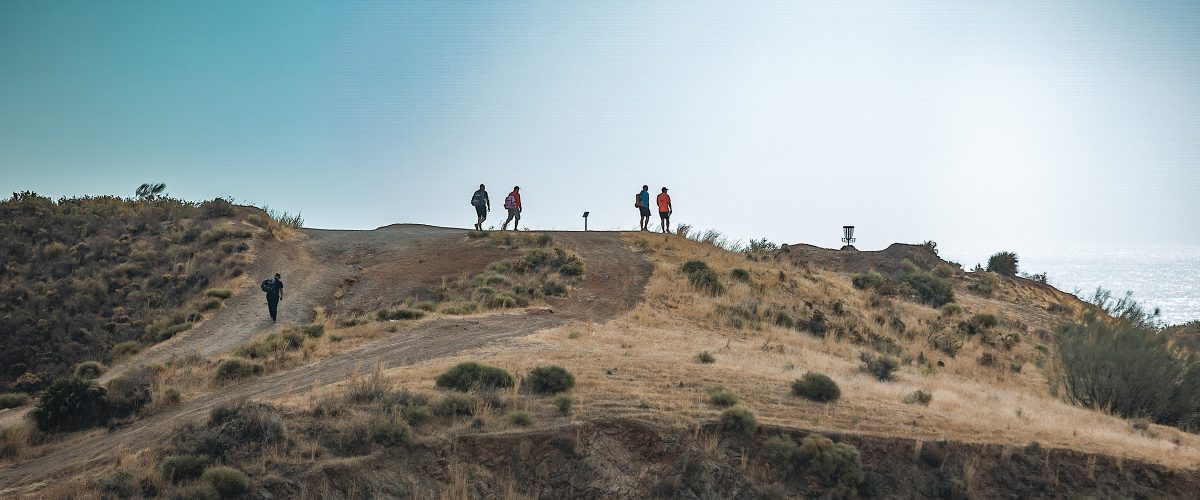
We’ve talked before about what makes a place ideal for disc golf tourism, but here we focus on a special niche: Destinations that can be havens for players hoping to escape cold and snow.
Though there are plenty of disc golfers willing to brave icy conditions, almost no one would trade in t-shirt weather for bitter winds and frozen tees. This means areas with mild winters have a special opportunity to attract disc golfers looking for a respite from Jack Frost’s wrath.
One course that highlights the potential of offering warm-winter disc golf is Mijas DiscGolfPark in southern Spain. Opened just seven years ago, the course’s beautiful winter conditions and prime location has made it a literal and figurative hot spot for European disc golfers in the winter.
We chatted with CEO of Mijas Panu Paunonen to learn what factors make this pay-to-play disc golf course a viable business so other communities can recognize if they have all the ingredients necessary to cook up similar success.
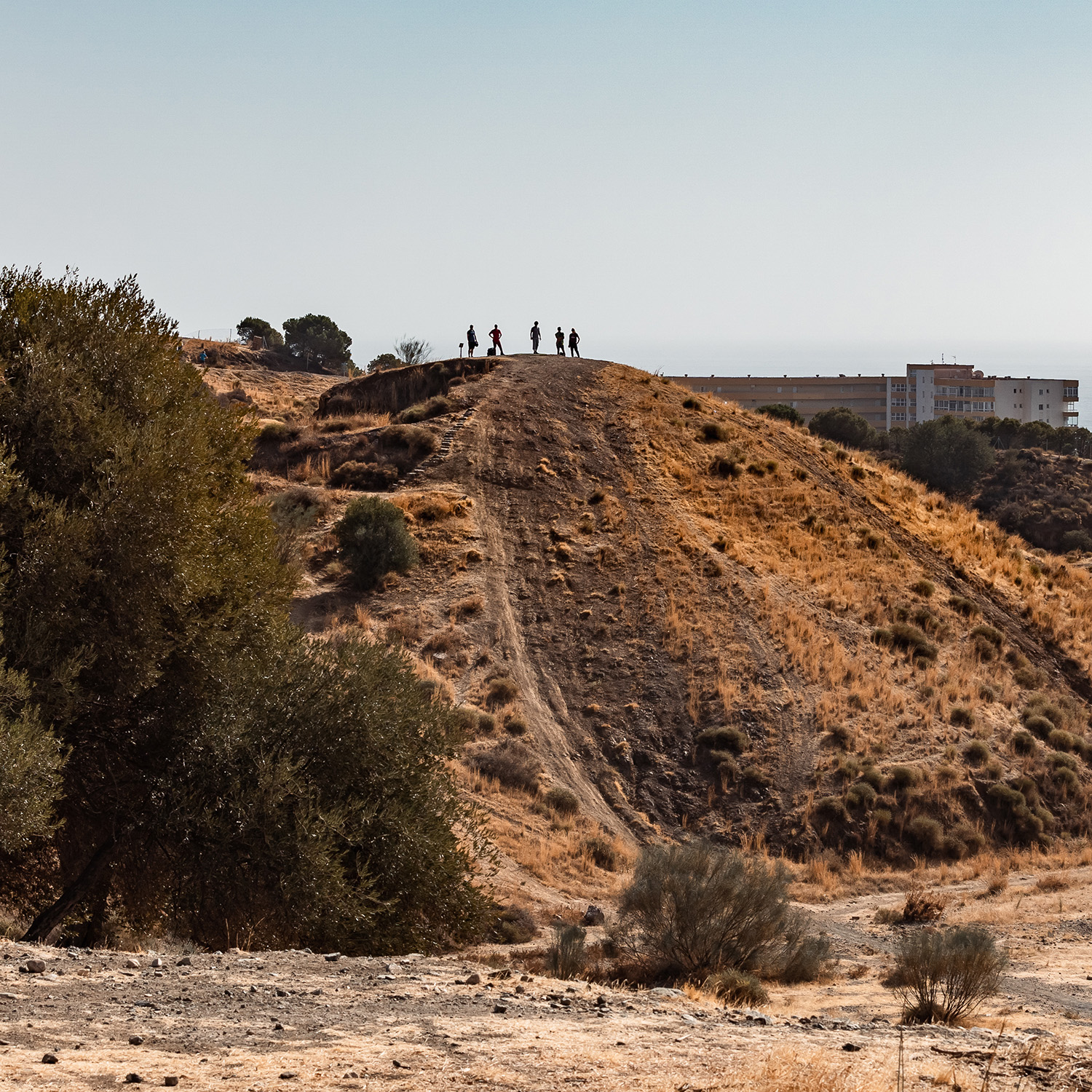
Great – not just bearable – winter weather
One reason warm-winter disc golf destinations have so much potential is there are many areas with very cold winters that tend to be wild for disc golf.
The majority of countries where disc golf is most popular are in northern Europe, where freezing and near-freezing temperatures as well as very short daylight hours are the norm from late fall until late spring. In the United States, seven of the 10 states that play the most disc golf also tend to have long, harsh winters.
Mijas is on southern Spain’s Costa del Sol and its average high in January is close to 60° F/16° C. That’s a temperature that conjures up images of warm, spring sun. And for disc golfers, it’ll mean getting to throw and putt without the burden of multiple thick layers of clothes – and maybe even a chance to break out some shorts.
But it’s important to keep in mind that people from these places aren’t likely to book vacations just to experience slightly better conditions. For example, the average high temperature in Oslo, Norway (a city that has over 10 disc golf courses and a large player community), is around 32° F/0° C whereas much of central Europe is between 40° and 45° F/4° and 7° C. There’s a difference there, but it’s not one that’s going to get those Norwegian disc golfers chomping at the bit to hop on flights
Southern Spain’s winters also tend to be dry, which is another advantage.
“There aren’t too many options in this part of the world which offer 330 days of sun per year…so it sure attracts people to travel here,” Paunonen said.
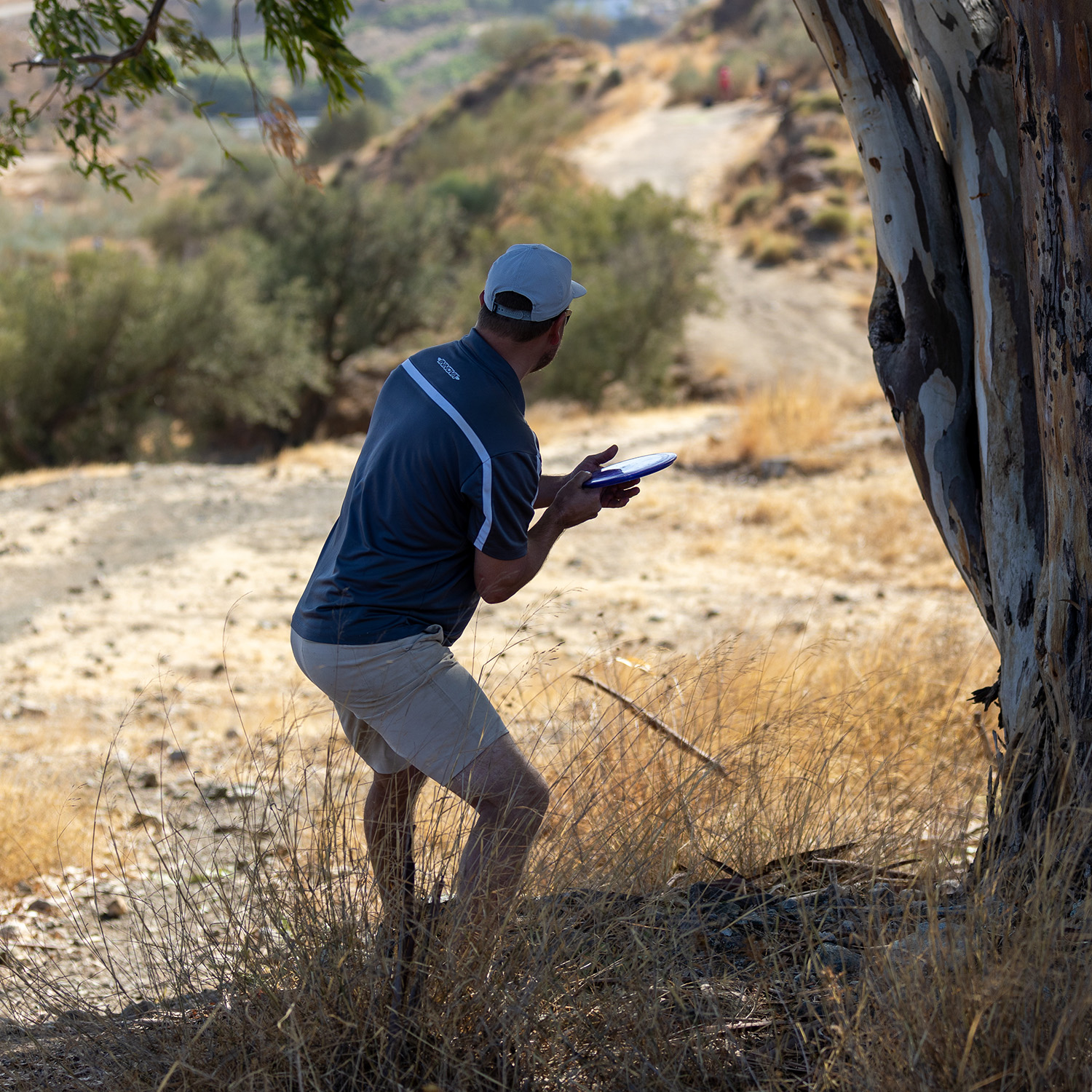
Other nearby attractions
Another part of Mijas’ success drawing winter disc golfers comes from its proximity to other activities. There are mountains to hike in one direction and beaches to visit in the other. Along with those attractions, there’s the city of Málaga just a short drive away that has parks, a zoo, an aquarium, restaurants galore, night life, and plenty of other diversions for families or groups of friends looking to have a good time.
“In addition to disc golf there is so much else to do in this area that it’s just a perfect location for family holidays,” Paunonen said.
And these attractions aren’t just good because disc golfers need some down time. They help players convince non-disc golfing significant others and/or family that a destination is worth the trip. Paunonen even told us that around 10% of Mijas visitors seem to play only “as often as their non-playing boy or girlfriend allows them to spend time at the course.”
Now, you don’t need as many nearby non-disc golf entertainment options as Mijas for a winter destination course to be successful. But you should consider the fact that the fewer other options your area has, the more special the course will need to be for players to make it a “must” on their winter vacation schedule.
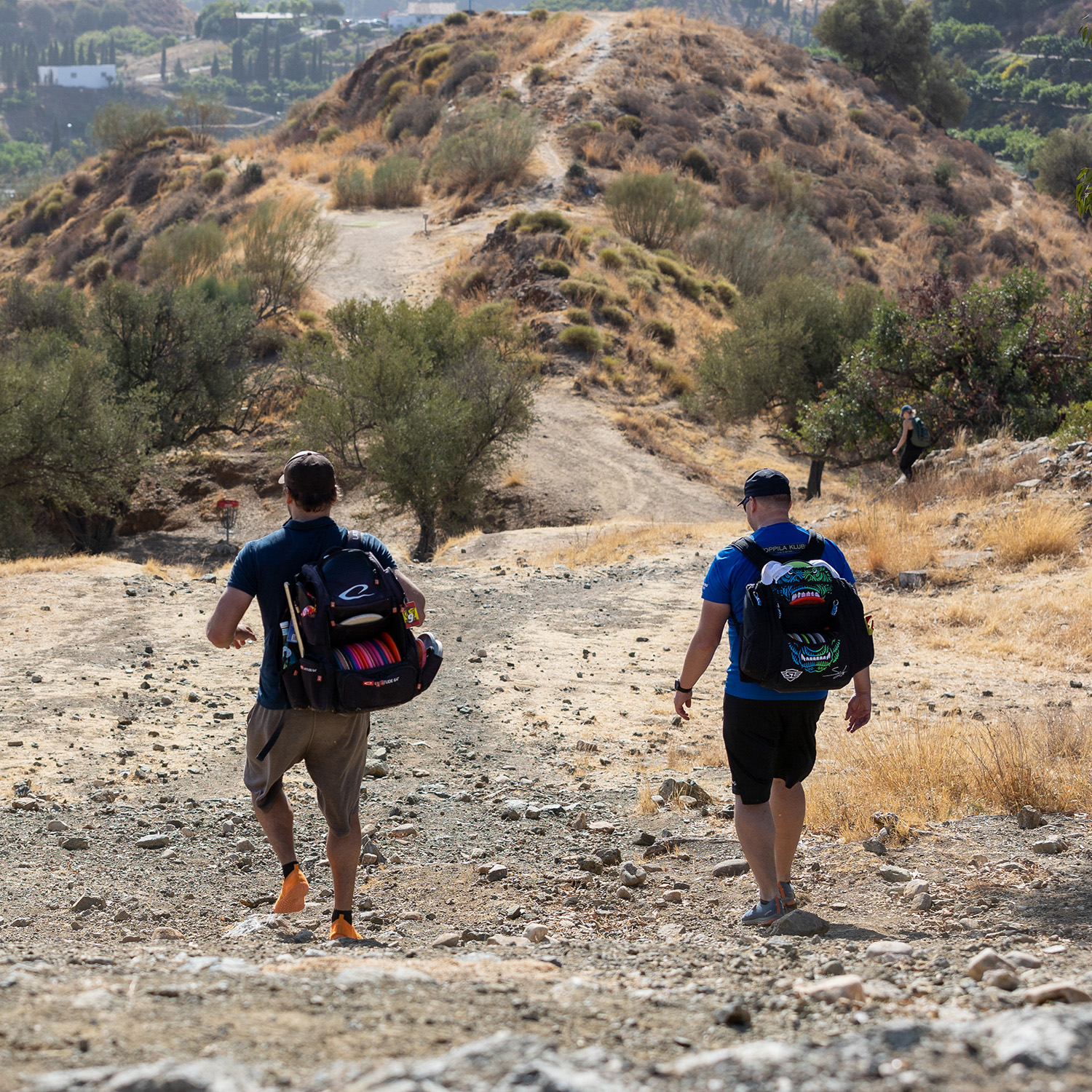
A disc golf course that appeals to experienced players
With the right weather and solid off-course activities nearby, there’s a good chance your area could attract winter disc golf tourists. Now, you’ll need to build the right course.
Mijas was designed with a very specific audience in mind.
“Our vision was to build a fun and fairly demanding course to serve the active disc golfing community,” Paunonen said. “The terrain is a bit harsh for total beginners, but on the other hand, active players would get bored with too easy of a course, so we think we found a good balance.”
As Paunonen’s comments allude to, people who plan a vacation with disc golf as a main or high priority will be experienced players, and you’ll need to gear your course design toward that demographic. This means you’ll need longer, more challenging holes than you’d use for beginners and the right property to build them on. An area that’s a minimum of around 18 acres/7 hectares with plenty of obstacles like trees or other large plant life, elevation changes, and maybe even some water features would be ideal though the right designer could find ways to work with less.
Another benefit of creating a challenging course is that professional disc golfers may seek it out as a practice ground during the pro offseason and let their fan bases know about your course. Being featured on pros’ YouTube channels and other social media has been a huge boost to Mijas’ notoriety.
Notably, if budget and space allow, it would be valuable to create a layout that is good for beginners so disc golfers could take less-frequent or very young players out for a round they’d enjoy (it’d also help grow your local player community). However, if your goal is a course that will draw tourists, this is more “nice to have” rather than a “must.”
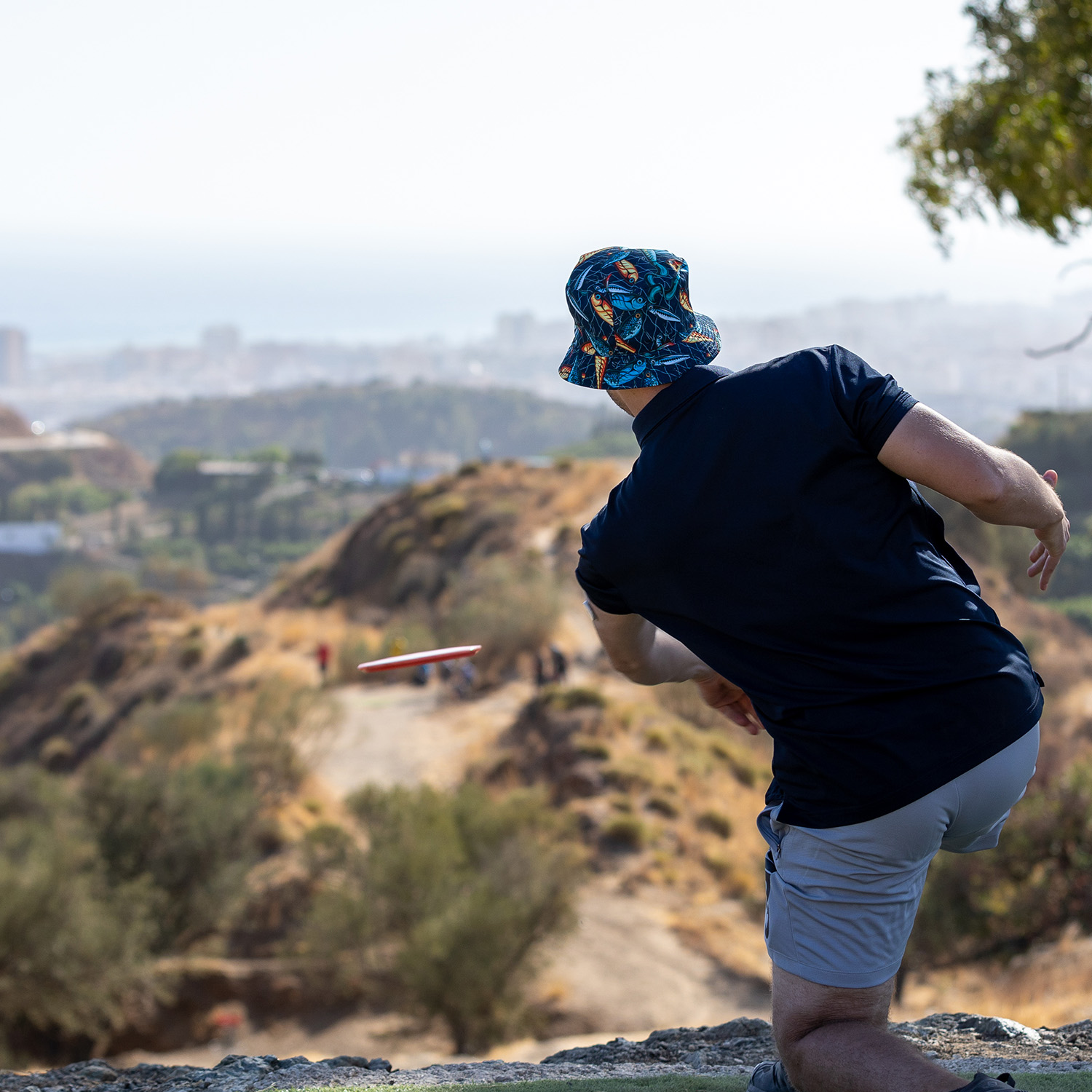
Building your winter destination disc golf course
Think your town has everything it needs to become the next Mijas, but you’d like some help getting started? That’s exactly what DiscGolfPark is here for.
We have designers based across the world who use our trusted standards and equipment as well as their own broad knowledge of the sport and local scenes to create safe, durable courses that disc golfers love. With over 600 DiscGolfParks in Europe, North America, and Australia, we have experience helping a wide variety of communities get started on their disc golf journeys, and we’d love it if your little corner of paradise full of sun and fun was the next one.
We look forward to you getting in touch with us with your ideas or questions.
Article featured image by Marika Salmi.
